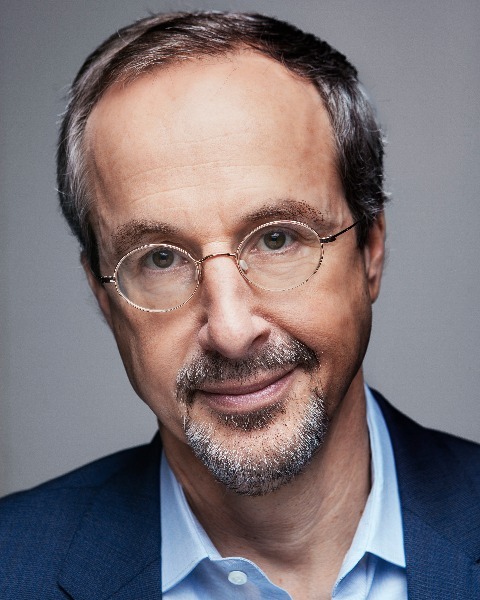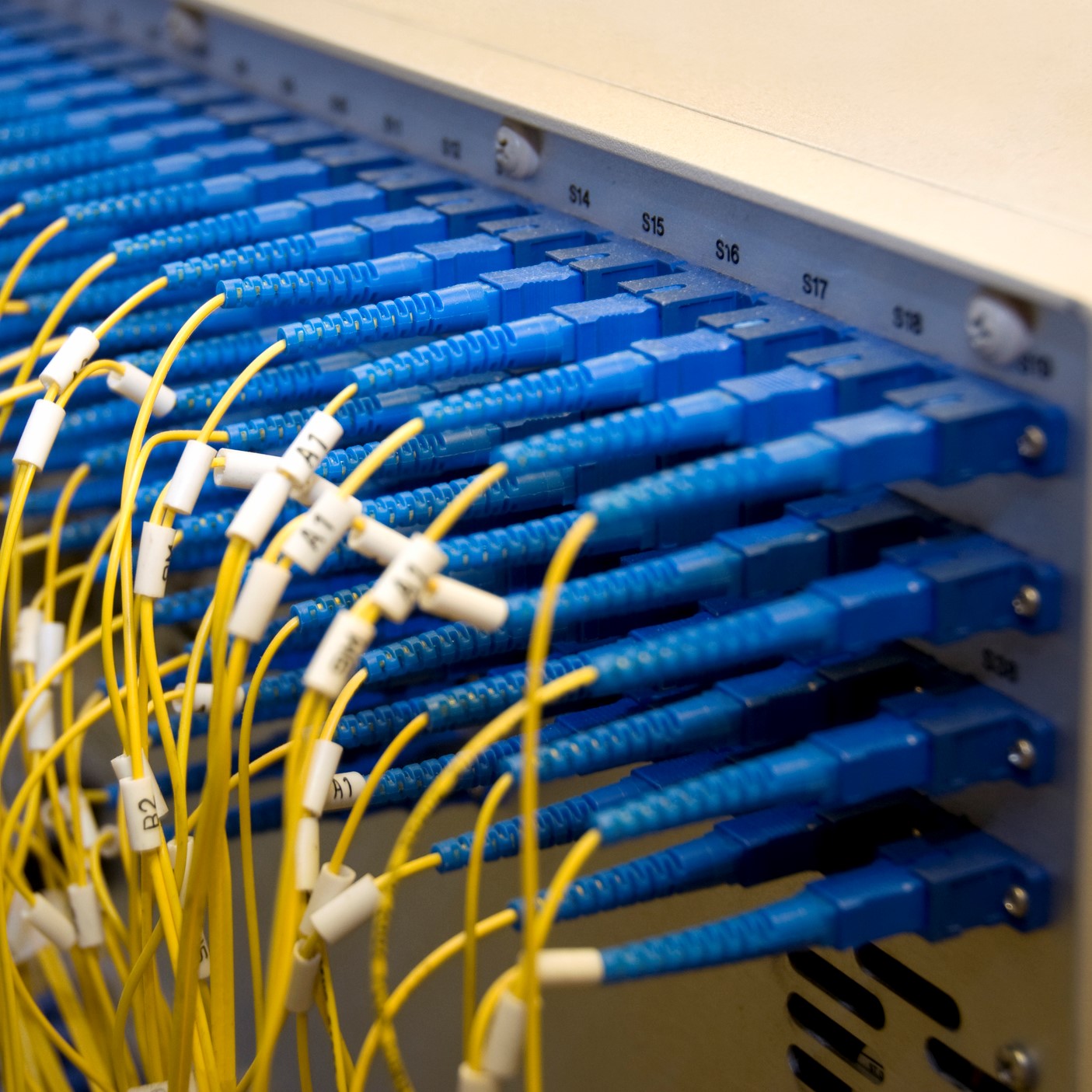During a panel discussion on public-private broadband partnerships at Fiber Connect, being held this week in Nashville, David Finn of Google Fiber outlined the company’s embrace of the open access model for broadband.
Finn, a director of corporate development at Google Fiber, highlighted the company’s recent open access partnership in West Des Moines, Iowa and a previous example with the public utility in Huntsville, Alabama as examples of how they are using the model to expand broadband access.
Google Fiber is now finalizing a similar partnership in Vermont that could potentially reach over 100K rural residents. Google is partnering with two Vermont communications union districts (CUD) for an open access network that Finn says will allow Google to reach every location with symmetrical gigabit capable broadband.
The network will be built and owned by the public partner CUDs, with Google Fiber leasing network capacity to serve as the first ISP, with other ISPs also able to join the open access network and compete with Google.
The networks will reach roughly 45K homes. Finn argued that even with so much funding now available, it’s not enough to facilitate everyone, everywhere getting great internet, and he believes the open access model can help better achieve universal broadband access.

“When we first started talking to them, what they said was, the amount of money they had at their disposal would allow them to build 15 to 20 thousand homes, but they had 45 thousand in the community,” he said. “So what we proposed to the two CUDs, we are willing to pay you the difference effectively, paid in rent over a long of period of time, so now instead of just getting 15 or 20 thousand of those homes with great internet, now you can get them all with great internet.”
Vermont is quite active with the CUD model, where multiple communities come together to form a CUD and find partners to build and operate broadband networks to reach the unserved and underserved.
When asked if Google Fiber is pursuing additional open access partnerships, Finn responded, “We’re not rigid about the [open access] model, we’re in 13 markets around the country, and two of them are open access, in the other 11, it’s more conventional,” he said. “But we’re also really excited about this model…I think you are going to see us really be pretty active in the coming weeks and months with multiple models.”
Finn mentioned they’re in discussions with a cooperative in Colorado right now.
